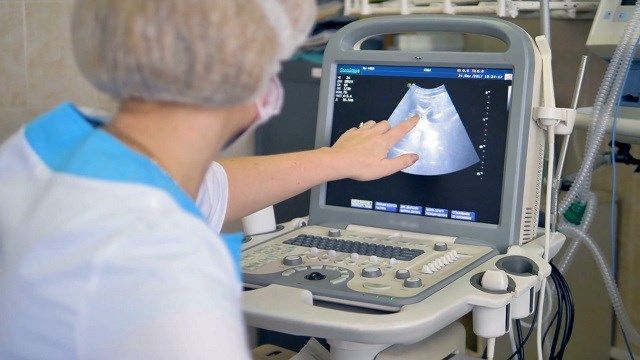Both radiotherapy and chemotherapy, which are commonly used as cancer treatments, often destroy the function of ovaries. Artificial ovary could allow women to become mothers after cancer treatment without risk.
The team in Copenhagen showed that a lab-made ovary could keep human eggs alive for weeks at a time, raising hopes that the approach could one day help women have families after harsh treatments such as chemo- and radiotherapy.
The Danish scientists removed parts of the ovary and altered them so they could potentially be transplanted later when the woman wants to conceive.
Women who face a cancer diagnosis can already have ovarian tissue removed and frozen before they have fertility-harming treatments. When they have the all-clear, the tissue is put back and the women can go on to have babies naturally.
Stuart Lavery, consultant gynaecologist at Hammersmith Hospital, said the ovarian tissue transplants potentially contained thousands of eggs that would enable women to get pregnant “naturally”, as opposed to IVF where an egg is fertilised in a laboratory and then returned to the womb.
For most patients the procedure is safe, but certain cancers, such as ovarian or leukaemia, can invade the ovarian tissue itself. This means that when frozen tissue is thawed and put back, there is a risk the disease will take hold again. For this reason, ovarian tissue freezing is rarely offered to high-risk patients.
Susanne Pors and others at the Rigshospitalet in Copenhagen believe artificial ovaries could be a safer option.
“This is the first proof that we can actually support these egg cells. It’s an important step along the road,” Pors told. “But it will be many years before we can put this into a woman.” It could take five to 10 years of work before artificial ovaries are ready for human trials, she added.
>Juthy Saha













